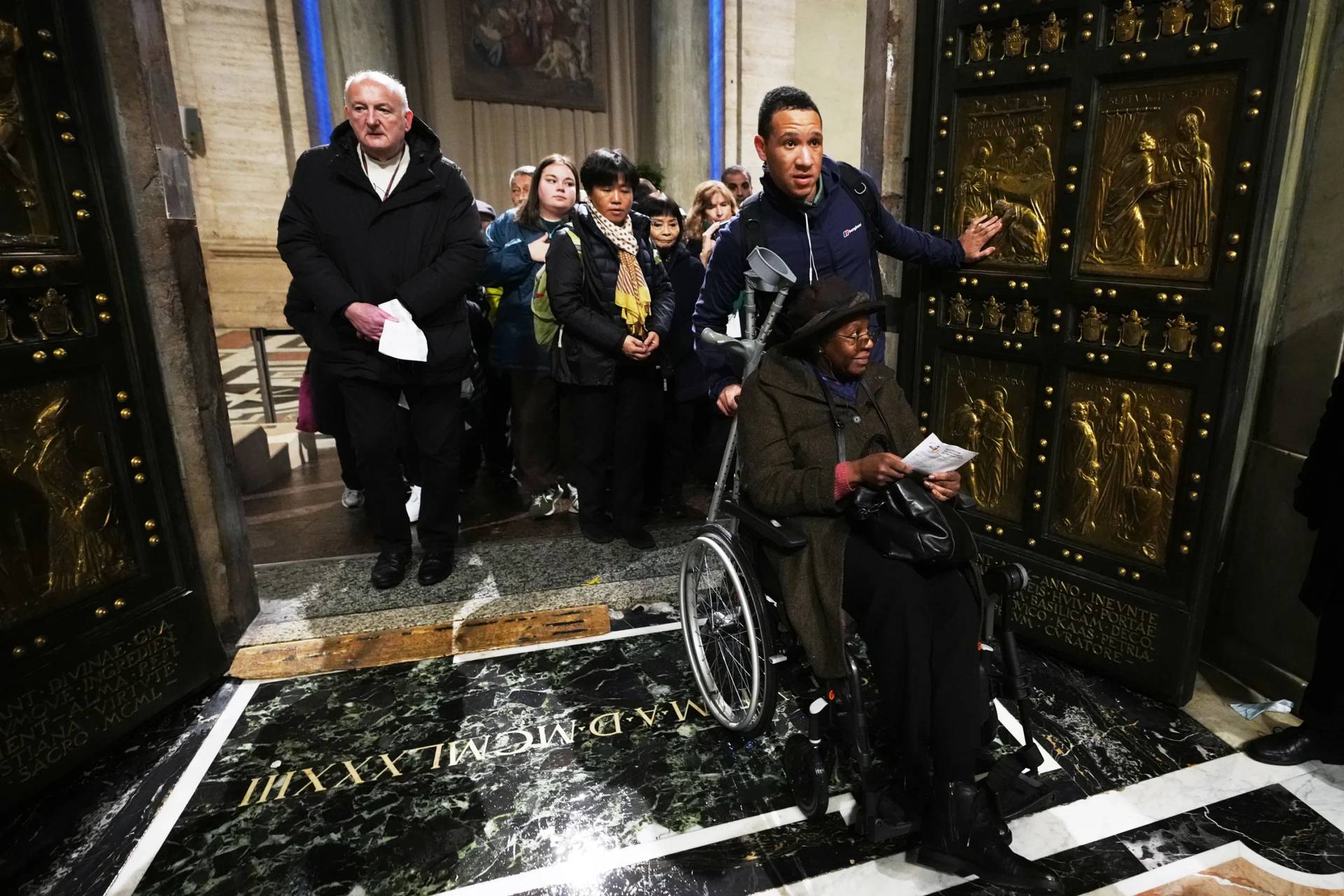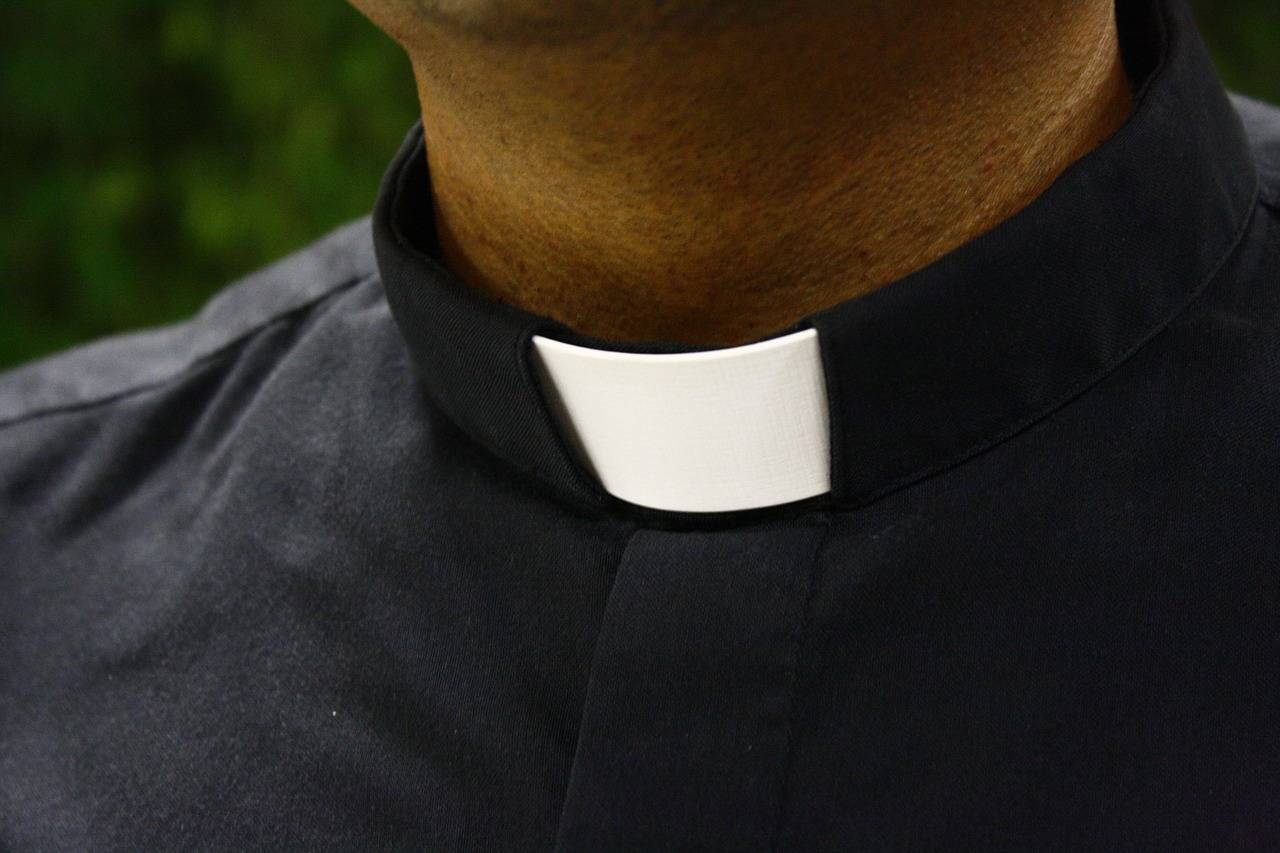ROME – Regular readers of my work will know that I have a special affinity for the Capuchin Franciscans, since they’re the ones who educated me and formed me in the faith out on the high plains of western Kansas something like a million years ago.
I’ve said this before, but it bears repeating: You will never need any proof of the forbearance and sanctity of the Capuchins beyond putting up with me.
These days, I’ve been thinking about the history of the Capuchins, since they were essentially born in response to the plague. The order was founded in 1525 in Le Marche, a region located in the center-east of Italy on the country’s Adriatic coast. (Though this is pure happenstance, our pug Gus is also marchigiano, born in Senigallia last May.)
A brother named Matteo de Bascio wanted to return to the strict ideal of Franciscan poverty and was joined by two others who shared his vision. Two of the three brothers at the time were working with plague victims, coping with one of the periodic outbursts of the deadly disease which, two centuries before, had claimed an estimated 30 percent of Europe’s population.
As the nascent group expanded, they quickly arrived in the city of Genoa where the brothers began working at the “Hospital of the Incurable.” They were responsible for pastoral care of people dying from the plague who couldn’t be treated.
As the plague made its way across Italy, most cities created what were called lazzaretti, meaning confined areas usually located at the city limits where people arriving with the plague were essentially abandoned to die. According to Father Vittorio Casalino, who directs a museum and archives for the Capuchin province of Genoa, and Father Luca Bucci, another Capuchin who’s also the brother of Genoa’s Mayor Marco Bucci, the spread of the Capuchins across the country often coincided with the arrival of brothers willing to serve in these lazzaretti.
The Capuchins’ service in Milan during another outbreak of the plague in the 17th century was memorably described by Italy’s most celebrated novelist, Alessandro Manzoni, in his classic I Promessi Sposi, usually translated into English as The Betrothed. Here’s how Manzoni characterized the role of the Capuchins in the lazzaretti: “In those places they were supervisors, confessors, administrators, nurses, cooks, police, launderers, everything that was needed.”
One such figure in Manzoni’s novel was Father Felice, who “animated and regulated everything, quelling riots, adjudicating lawsuits, threatening, punishing, getting things going again, comforting people and drying the tears they shed.” The real Father Felice Casati became sick himself with the plague twice but recovered and was later elected the provincial minister of Lombardy. Today there’s a street in Milan named for Casati in the former area of the city’s lazzaretto.
For such heroism, the Capuchins came to be known as the frati del popolo, the “brothers of the people.”
Earlier this month, Brother Mark Schenk, the Provincial Minister of the Capuchin Province of St. Conrad based in Denver, recalled this history in a message announcing that the order would be livestreaming a Sunday Mass after the local archdiocese declared that all public Masses would be suspended.
“Capuchins are no strangers to epidemics,” Schenk wrote. “In a sense, we exist for times like these.”
That tradition is very much with us today. On Saturday, Italian media reported the death due to the coronavirus of Father Giampietro Vignandel, who for the last three years ran a Capuchin soup kitchen in Trent for the city’s poor and needy, which is probably where he became infected. Known by everybody as “Fra Tuck,” Vignandel had just turned 47.
“With his life in the footsteps of the Poor Man of Assisi, Father Giampietro walked another piece of that road that’s the path to eternity, the path of love and gratuity,” said Archbishop Lauro Tisi of Trent.
Another Capuchin had also died from the coronavirus in Ecuador as of Sunday.
All this begs the following question: If significant historical crises often generate new realities in the Church to respond, what new impulses might arise from the coronavirus pandemic?
For one thing, the crisis ought to be a boon for on-line and virtual ministries, since the coronavirus has awakened the whole world to what it’s like to be trapped at home.
To take one example, Auxiliary Bishop Robert Barron of Los Angeles has long wanted his “Word on Fire” ministry, which specializes in on-line evangelization and outreach, to become a new movement within the Church analogous, say, to Communion and Liberation or the Community of Sant’Egidio.
If ever there were a moment when the need for something like that were clear, this is it.
One might also imagine a new movement or religious order dedicated to promoting the virtues of “spiritual communion,” meaning the grace the Church believes can flow from the desire to receive the Eucharist even when circumstances prevent it – either because of illness or quarantine, or perhaps the absence of a priest, or because one’s personal situation makes receiving the Eucharist impossible.
Alas, the obvious abbreviation for such a group – S.C.S, meaning the Società della Communione Spirituale – is already taken by the Societé du Christ Seigneur, born in 1951 in Montreal. That’s hardly a deal-breaker, however.
Perhaps those ideas will take shape, or perhaps it’ll be something entirely different. In any event, it’s one Catholic angle on the coronavirus well worth following: Amid all the suffering and death, what forms of new life will grow?
Follow John Allen on Twitter: @JohnLAllenJr
Crux is dedicated to smart, wired and independent reporting on the Vatican and worldwide Catholic Church. That kind of reporting doesn’t come cheap, and we need your support. You can help Crux by giving a small amount monthly, or with a onetime gift. Please remember, Crux is a for-profit organization, so contributions are not tax-deductible.















